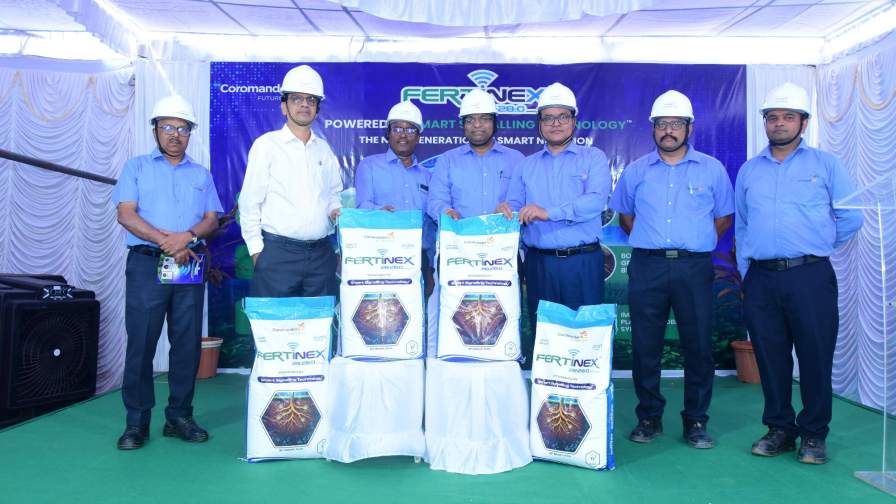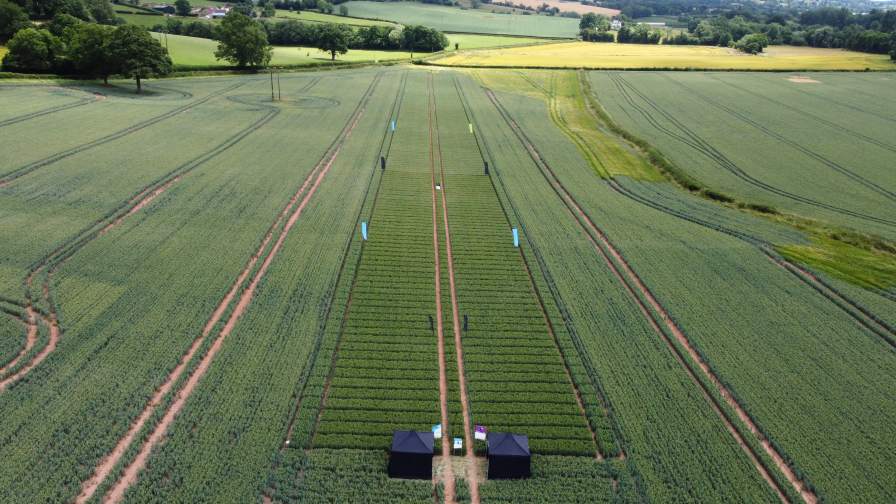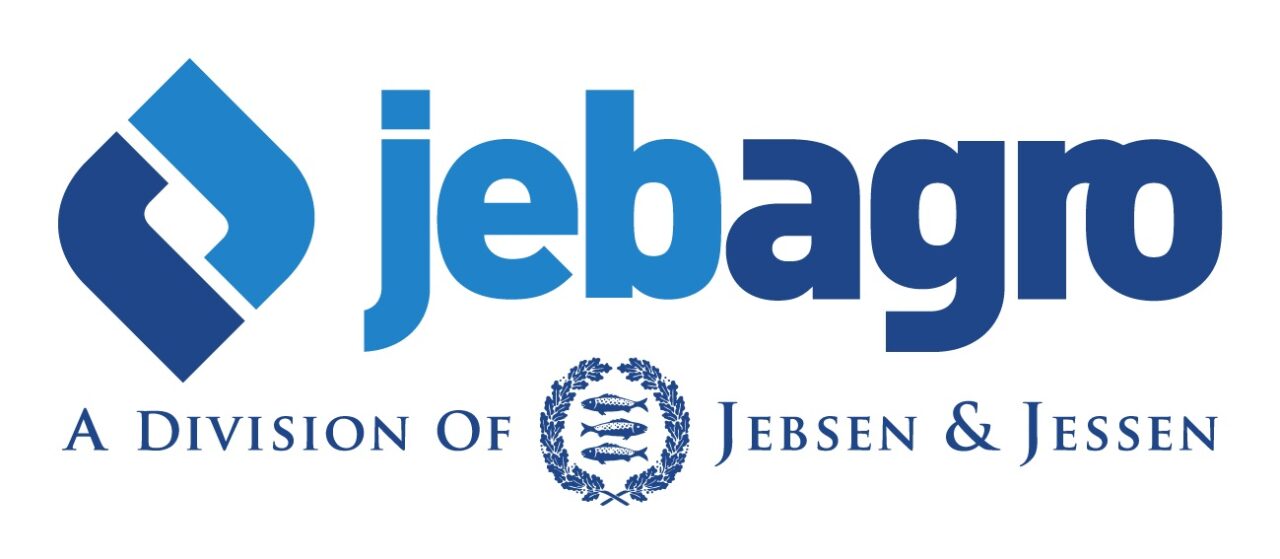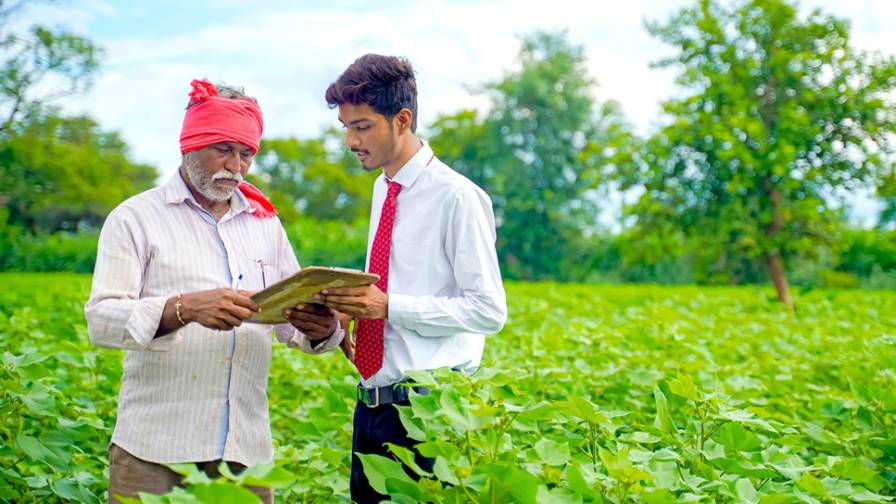Empowering Farmers with Drone Technology: Bridging the Digital Divide in Agriculture
In the last few decades, agriculture has witnessed transformative technological advancements, writes Sameer Sachidanand, CEO at Dhaksha Unmanned Systems, on Global Ag Tech Initiative. However, many farmers, particularly in emerging economies like India, remain on the periphery of this revolution due to barriers like cost, accessibility, and limited digital literacy. Bridging this digital divide is imperative to sustain agricultural growth and secure food security for a growing population. Drone technology, with its wide-ranging applications, offers a promising pathway to empower farmers and bring about an inclusive agricultural transformation.
The Promise of Drones in Agriculture
Agricultural drones have evolved from experimental tools into essential assets for modern farming, driving a paradigm shift in traditional agricultural practices. These advanced Unmanned Aerial Vehicles (UAVs) are equipped with state-of-the-art technologies such as multispectral cameras, thermal sensors, GPS navigation, and AI-powered mapping tools. Drones are addressing some of the most critical challenges faced by farmers, such as monitoring crop health, optimizing irrigation, and managing pests. With capabilities to capture high-resolution aerial imagery and analyze vast farmlands in minutes, these devices provide real-time, actionable insights that empower farmers to make informed decisions thereby revolutionizing agriculture.
Precision Agriculture: One of the most impactful applications of drones in agriculture is their role in precision farming. Using advanced sensors and imaging technologies, drones can assess crop health, monitor irrigation patterns, and detect pest infestations with exceptional accuracy. This capability allows farmers to intervene early, addressing problems before they escalate and ensuring optimal crop growth. The granular data collected by drones helps in mapping fields with high precision, identifying specific areas that require attention, and tailoring interventions accordingly. This results in improved yields, reduced costs, and better resource management.
Read more at Global Ag Tech Initiative.





